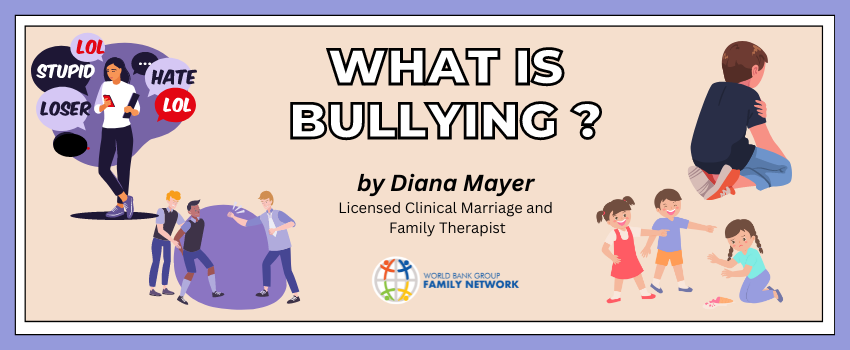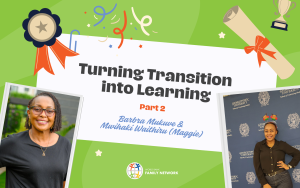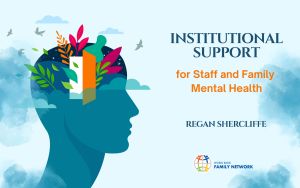
It is no secret that being a parent is hard; beautiful, but nonetheless hard. We feel our children’s pain and discomfort as our own and try to protect them from the world around them. Experiencing our children’s pain caused by bullying will for sure have an impact on our own emotions, and the way we regulate ourselves will determine how we attend to their needs. This article hopes to guide your understanding of bullying, how to recognize the signs that your child may be experiencing it, and what steps you can take to address the situation.
...with the ultimate goal of empowering your child to regain control.
WHAT IS BULLYING?
Bullying is a pervasive problem in schools and communities that can have long-lasting and detrimental effects on the emotional and social well-being of children. It is defined as unwanted, aggressive behavior among school-aged children that involves a real or perceived power imbalance. The behavior is repeated or has the potential to be repeated, over time. (https://www.stopbullying.gov). Bullying can take many forms including name-calling, teasing, social exclusion, spreading rumors, and pushing, among many others, can happen in different settings like school, playground, school bus, social media, and video games, and can happen to anyone, regardless of age, gender, race, or social status.
HOW DO I KNOW IF MY CHILD IS BEING BULLIED?
Some children might come home and tell their parents all about what’s been going on, but many others feel challenged to communicate their struggle with words. They might feel embarrassed, not want to burden their parents, or simply lack the ability to articulate in words their experience. Nevertheless, they most likely communicate their pain through changes in their behavior. Some warning signs that your child might be experiencing bullying are:
- Changes in behavior or mood, such as becoming withdrawn, irritable, anxious, or depressed
- Changes in appetite and/or sleep
- Unexplained physical injuries or damage to personal belongings
- A sudden loss of friends or avoidance of social situations
- A decline in academic performance or school refusal
- Complaints of stomachaches, headaches, or other physical ailments
- Uncharacteristic aggression or bullying towards siblings or peers
- Change of patterns of technology use (increase or decrease of social media/video games)
HOW DO I HELP MY CHILD?
If you suspect that your child is being bullied, there are several steps you can take to address the situation:
1. Listen and Validate Your Child's Feelings
Let your child know that you take their concerns seriously and that they can trust you to support them. Be patient, empathetic, and non-judgmental as they share their experiences with you. Extensive research validates the power of empathetic listening as it helps children self-regulate. (https://drdansiegel.com). Keep your own anxiety in check while listening to your child and model emotional regulation through breathing, grounding, and self-care.
2. Empower your child to problem solve
Standing up to bullying can be a great opportunity for your child to regain a sense of control. Once your child is calm, he/she will have more access to their problem-solving abilities. When children come up with their own solutions, they are more likely to execute them with ownership and confidence. In addition, be mindful that strategies that worked for you in the past, or ways you would handle bullying in one country, might not be the right approach to the setting where your child is right now. Trust your child to inform you and educate you in terms of the culture of his/her school as well as the resources available.
2. Work with School Officials
Contact your child's teacher or principal to discuss the situation and learn about the school's policies and procedures for addressing bullying. Keep a record of any incidents and follow up with school officials to ensure that they are taking appropriate action. Respect your child’s timing as to when to involve school officials. Some children might prefer to address issues without the school’s involvement because they fear repercussions from peers. Set a limit to when it is essential to involve school officials or authorities (when anyone is in danger and bullying escalates to violence, and when delinquent behavior).
3. Help Your Child Develop Coping Strategies and create spaces of belonging
Teach your child strategies for dealing with bullying, such as ignoring the bully, walking away, or seeking help from a trusted adult. Teach and practice emotional self-regulation and create spaces for self-care. Encourage them to participate in activities that boost their confidence and self-esteem, such as sports, music, or art. One of the best protective factors against bullying is friendship and belonging. Learn about all your school has to offer in terms of clubs and extracurricular activities. Encourage your child to develop relationships with teachers he/she enjoys as they can become safe spaces.
4. Advocate for Change
Become an advocate for anti-bullying policies and programs in your community. Attend school board meetings, support local organizations that promote anti-bullying initiatives, and educate others about the impact of bullying.
In conclusion, bullying is a serious issue that can have long-lasting effects on a child's emotional and social well-being. As a parent, it's important to be aware of the signs of bullying and to take action to address the situation. By listening to your child, working with school officials, helping your child develop coping strategies, and advocating for change, you can create a safe and supportive environment for your child and others in your community.






